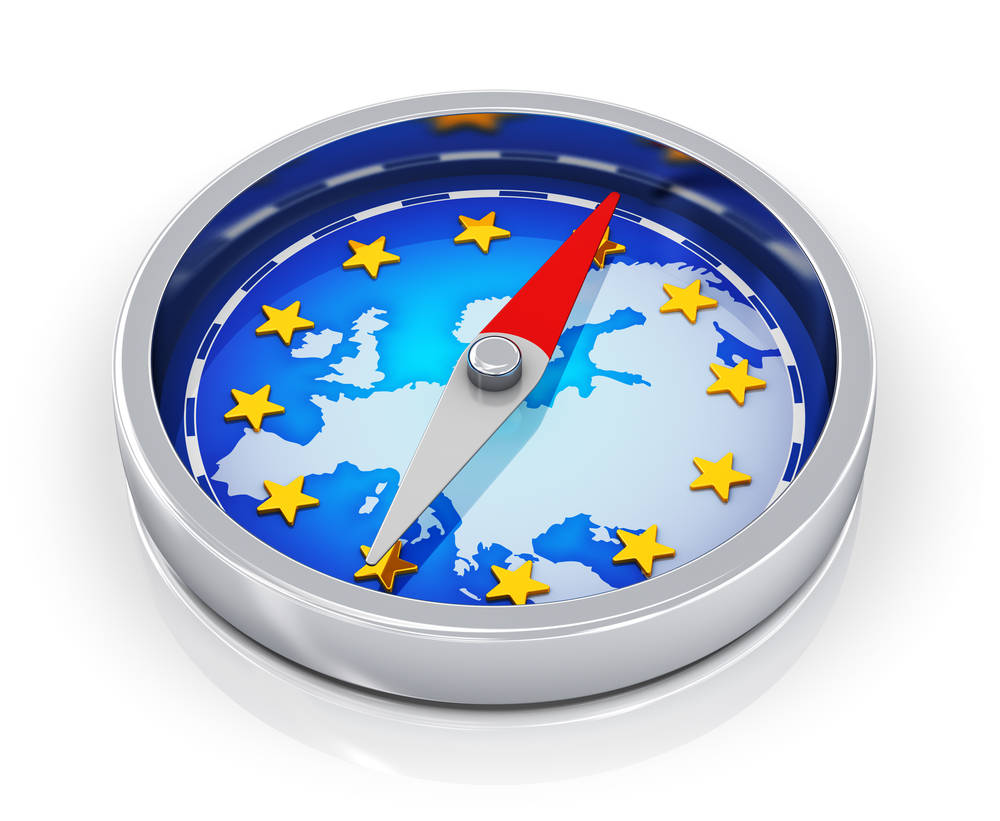HTA Quarterly Winter 2023
By AmerisourceBergen
With EUnetHTA 21 coming to an end and details emerging of the timelines and evidence requirements that will govern the new Joint Scientific Consultation (JSC) and Joint Clinical Assessment (JCA) processes, the authors consider how biopharma companies, health technology assessment (HTA) bodies, patients, and clinicians can best prepare for the start of the European Health Technology Assessment Regulation (HTAR). Also in this edition, we review the latest changes to the Institute for Clinical and Economic Review (ICER)’s value assessment framework, and explore the National Institute for Health and Care Excellence (NICE)’s early value assessment approach to assessing MedTech, including digital health technologies.

Navigating the way to the new EU JCA—Are biopharma companies, HTA bodies, patients, and clinicians sufficiently prepared?
The interim period between the closure of the European Network for Health Technology Assessment 21 (EUnetHTA 21) and the full application of the Health Technology Assessment Regulation (HTAR) has begun. Is sufficient guidance available for biopharma companies, HTA bodies, patients, and clinicians, or do uncertainties remain?

How NICE there’s an app for that!
In 2020, there were more than 300,000 healthcare apps available around the world. The sheer number of apps available creates substantial barriers to regulating their use, and the evidence base is scant; so, how do healthcare payers assess the value of an app and decide what and which to pay for?
Heard on the street
“Although the EMA-EUnetHTA cooperation is drawing to a close, the road does not end here … In fact, we continue our joint work and will do this on a new footing, with more participants, additional responsibilities, and high expectations from stakeholders.”
– Niklas Hedberg, Chair of the EUnetHTA 21 Consortium Executive Board on the Health Technology Assessment Regulation following the final meeting of the European Medicines Agency and EUnetHTA 21
Topics:
Consulting


.png?h=320&iar=0&w=540&useCustomFunctions=1¢erCrop=1&hash=591DE13181C8BC503BD937C9303B9EBF)
